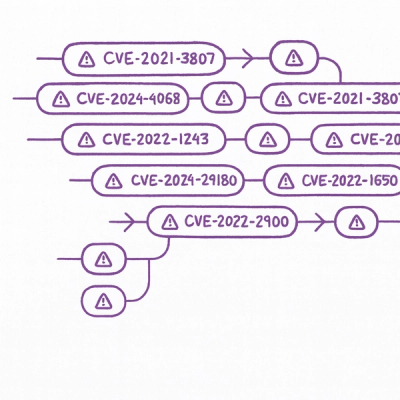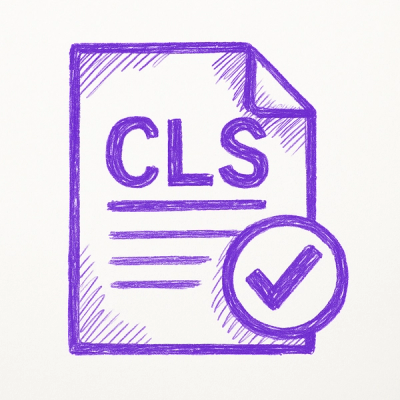
Security News
Astral Launches pyx: A Python-Native Package Registry
Astral unveils pyx, a Python-native package registry in beta, designed to speed installs, enhance security, and integrate deeply with uv.
Feathers is a minimalist CSS reset and boilerplate with optional rules that can be 'layered in' to apply sensible defaults to common widgets, such as navigation, forms, buttons, and menus
Feathers is a starting point, not an end to end solution. It does not contain a lot of layout rules, grid frameworks, or JavaScript libraries. It's not a replacement for Bootstrap or Foundation, etc. It's a lightweight alternative for people who want to start with minimal, but sensible CSS and build from there.
First, install Feathers.
gem install feathers
Next, Feathers assumes you're using SASS instead of Sprockets, so start by renaming your application.css file to application.css.scss and removing the Sprockets directives.
Now, simply @import the feathers you wish to use. They are:
base - This is the basic CSS reset and boilerplate. It does some normalization and gives you sensible defaults for some basic things like typography, tap highlights, touch scroll behavior, etc.buttons - A collection of button styles; default, cancel, action, success, warning, deleteflash-messages - Styling for flash messages; success, warning, noticeforms - Nice defaults for form elements.menus - A collection of different menu types; breadcrumbs, dropdowns, horizontal nav bar, vertical list menu, link list, icon bar (works great with Font Awesome).other-widgets - This is a miscellaneous collection of other common widgets; pagination, avatars, progress bars, labels, notes, title bar, tag lines.tables - A nice default for data tablesCheck out the full examples here: http://kellishaver.github.io/feathers/
You can of course override any Feathers CSS declaration inside your own stylesheet, and this is probably the most common and straightfoward path toward customization for a lot of people. However, if you would like to simply change Feathers' default colors, it's easy to do.
First, create an initializer file.
touch config/initializers/feathers.rb
Then simply override the Feathers color presets. You can change any or all values to your liking.
module Feathers
class Config
@light = "#efefef"
@medium = "#ccc"
@dark_2 = "#444"
@highlight = "#ffe"
@notice_background = "#ecffd6"
@warning_background = "#fbefb9"
@error_background = "#ffebeb"
@note_background = "#d8f2ff"
@danger_element = "#cf0404"
@info_element = "#448ccb"
@success_element = "#7ba900"
@warning_element = "#f3a24d"
@black = "#000"
@white = "#fff"
end
end
Borders and gradients are calculated automatically based on the defined values for their element.
####v0.2.0
default_element config color optionlight_1 and light_2 config color options to lightmedium_1 and medium_2 config color options to mediumdark_1 and dark_2 config color options to dark####v0.1.4
FAQs
Unknown package
We found that feathers demonstrated a not healthy version release cadence and project activity because the last version was released a year ago. It has 1 open source maintainer collaborating on the project.
Did you know?

Socket for GitHub automatically highlights issues in each pull request and monitors the health of all your open source dependencies. Discover the contents of your packages and block harmful activity before you install or update your dependencies.

Security News
Astral unveils pyx, a Python-native package registry in beta, designed to speed installs, enhance security, and integrate deeply with uv.

Security News
The Latio podcast explores how static and runtime reachability help teams prioritize exploitable vulnerabilities and streamline AppSec workflows.

Security News
The latest Opengrep releases add Apex scanning, precision rule tuning, and performance gains for open source static code analysis.